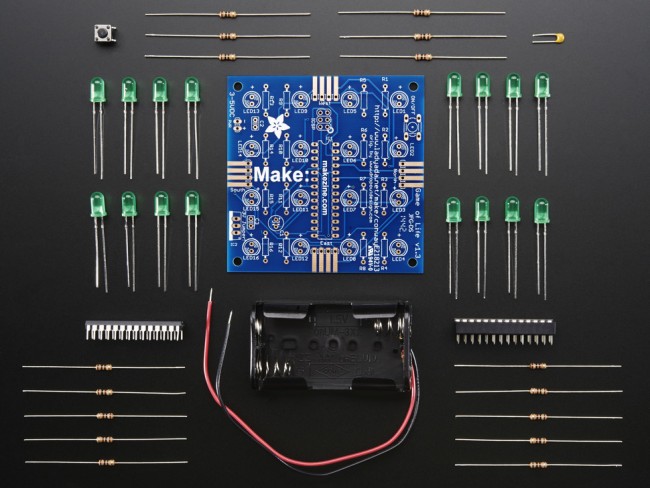
The first such pattern was not found until 1971 and many are now known (LifeWiki).

Many counterexamples were subsequently found, including guns and puffer trains (illustrated above).Ī life pattern which has no father pattern is known as a Garden of Eden (for obvious biblical reasons). Patterns that cycle through a set of configurations are called oscillators.Ĭonway originally believed that no pattern could produce an infinite number of cells, and offered a $50 prize to anyone who could find a counterexample before the end of 1970 (Gardner 1983, p. 216). Several still lifes are illustrated above. Life :=Ī pattern which does not change from one generation to the next is known as a still life, and is said to have period 1. (Here, corresponds to the initial pattern.) Where the initial conditions are specifiedĪnd the results for generations through are returned. The game of life is a totalistic cellular automaton, and can be implemented as follows using the built-in command CellularAutomaton, Birth: if the current cell is off and the count is exactly 3, the current cell is switched on. Survival: if (a) the count is exactly 2, or (b) the count is exactly 3 and the current cell is on, the current cell is left unchanged.ģ. Death: if the count is less than 2 or greater than 3, the current cell is switched off.Ģ. Then used to determine what will happen to the current cell.ġ. Any cells that are on are counted, and this count is All eight of the cells surrounding the current one are checked Each generation then switchesĬells on or off depending on the state of the cells that surround it. The life cellular automaton is run by placing a number of filled cells on a two-dimensional grid. Originally played (i.e., successive generations were produced) by hand with counters,īut implementation on a computer greatly increased the ease of exploring patterns. Scientific American column starting in October 1970. Similarly, all other dead cells stay dead.The game of life is the best-known two-dimensional cellular automaton, invented by John H. Conway and popularized in Martin Gardner's.All other live cells die in the next generation.Any dead cell with three live neighbours becomes a live cell.Any live cell with two or three live neighbours survives.These rules can be condensed into the following: Any dead cell with exactly three live neighbours becomes a live cell, as if by reproduction.

Any live cell with more than three live neighbours dies, as if by overpopulation.Any live cell with two or three live neighbours lives on to the next generation.Any live cell with fewer than two live neighbours dies, as if by underpopulation.At each step in time, the following transitions occur: Every cell interacts with its eight neighbours, which are the cells that are horizontally, vertically, or diagonally adjacent. The universe of the Game of Life is an infinite, two-dimensional orthogonal grid of square cells, each of which is in one of two possible states, live or dead, (or populated and unpopulated, respectively). The rules should be as simple as possible, whilst adhering to the above constraints.There should be potential for von Neumann universal constructors.There should exist small initial patterns with chaotic, unpredictable outcomes.

In parallel, von Neumann attempted to construct Ulam’s cellular automaton.Ĭonway chose his rules carefully, after considerable experimentation, to meet the following criteria:.Ulam discussed using computers to simulate his cellular automata in a two-dimensional lattice in several papers.Stanislaw Ulam invented cellular automata In late 1940, John von Neumann defined life as a creation (as a being or organism) The rules continue to be applied repeatedly to create further generations.Each generation is a pure function of the preceding one.The first generation is created by applying a fixed set of rules simultaneously to every cell in the seed, live or dead births and deaths occur simultaneously, and the discrete moment at which this happens is sometimes called a tick.The initial pattern constitutes the seed of the system.It is Turing complete and can simulate a universal constructor or any other Turing machine.One interacts with the Game of Life by creating an initial configuration and observing how it evolves. It is a zero-player game, meaning that its evolution is determined by its initial state, requiring no further input. The Game of Life is a cellular automaton devised by the mathematician John Horton Conway in 1970.


 0 kommentar(er)
0 kommentar(er)
